By Robbie Culver
The venerable Fairchild Aviation Corp. is being celebrated at EAA AirVenture 2025 on its 100th anniversary. The company began in Farmingdale, New York, as a manufacturer of the Fairchild FC-1 — the first U.S. aircraft to have an enclosed cockpit and hydraulic landing gear. In various iterations and partnerships, the company produced aircraft that ranged from the FC-1 all the way to the Fairchild-Republic A-10 attack aircraft. The company even produced missiles and spacecraft, with the last aircraft produced related to the Fairchild name being built in 2002. Facilities eventually included locations in Hagerstown, Maryland, and San Antonio, Texas.
Founder Sherman Fairchild was the son of a six-term U.S. congressman who also was co-founder and first chairman of the board for the IBM company. This provided Fairchild the means to start the company, but it was his mechanical interest and aptitude that produced the family of aircraft and cameras that the company created.
Fairchild’s interest in photography was actually the spark for the aircraft designs, with several focused on improved camera platforms designed to use custom aerial cameras purpose-built by Fairchild. (The camera design and manufacturing actually preceded Fairchild Aircraft by several years.)
Notable aircraft designed and produced by the company and its partners included the Fairchild 71, Fairchild 24 Argus/UC-61 Forwarder, PT-19, PT-23, PT-26, C-82 Packet, C-119 Flying Boxcar, and C-123 Provider.
The Fairchild FC-2 became a part of Richard Byrd’s expedition to Antarctica. The Fairchild 71 made its first flight in 1926 and was powered by the Pratt & Whitney Wasp nine-cylinder 420-hp radial engine. The aircraft was intended for use as a passenger plane capable of hauling cargo, but it later found a niche as a bushplane.
The Fairchild 24 became a key component of the “lend-lease” program during World War II and was used as a light transport by the United States Army Air Forces (USAAF). The Civil Air Patrol used the aircraft as a bombing platform against German U-boats in the Atlantic.
The PT-19/PT-23 was a primary trainer aircraft that served with the USAAF, British Royal Air Force and Royal Canadian Air Force during World War II. The PT-19 had a 175-hp L-440-1 Ranger engine. The PT-19A had a 200-hp L-440-3 Ranger, and the PT-23 had a 220-hp Continental R-670, both of which were largely identical to the PT-19. The PT-26 variant added an enclosed cockpit for the British Commonwealth Air Training Plan and was used in Canada as a trainer.
The C-82 Packet was a post-World War II design with twin booms and twin engines, designed for use as a heavy lift cargo platform. The C-119 Flying Boxcar was essentially a redesigned C-82 after the type was found to have some fundamental challenges. More than 1,100 Flying Boxcars were built and saw service in both Korea and Vietnam.
There will be a Fairchild Club Forum presented by Mike Kelly on Wednesday, July 23, from 11 a.m. to 12 p.m. at the Vintage Hangar.
For a more detailed story on Fairchild Aircraft, see “Celebrating the Legacy of Fairchild Aircraft” by Kurtis Meyers in the August 2025 issue of EAA’s Sport Aviation magazine.


